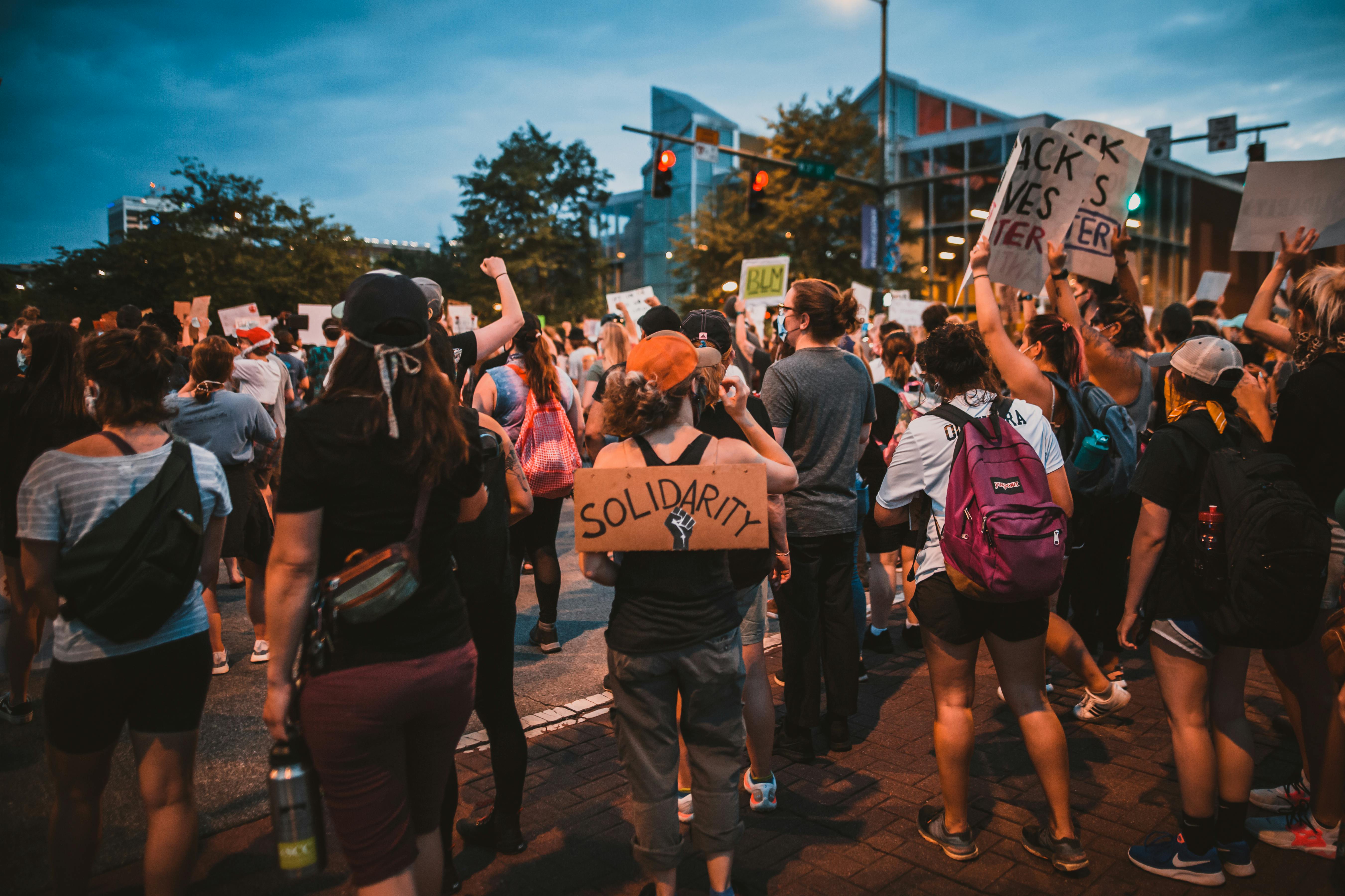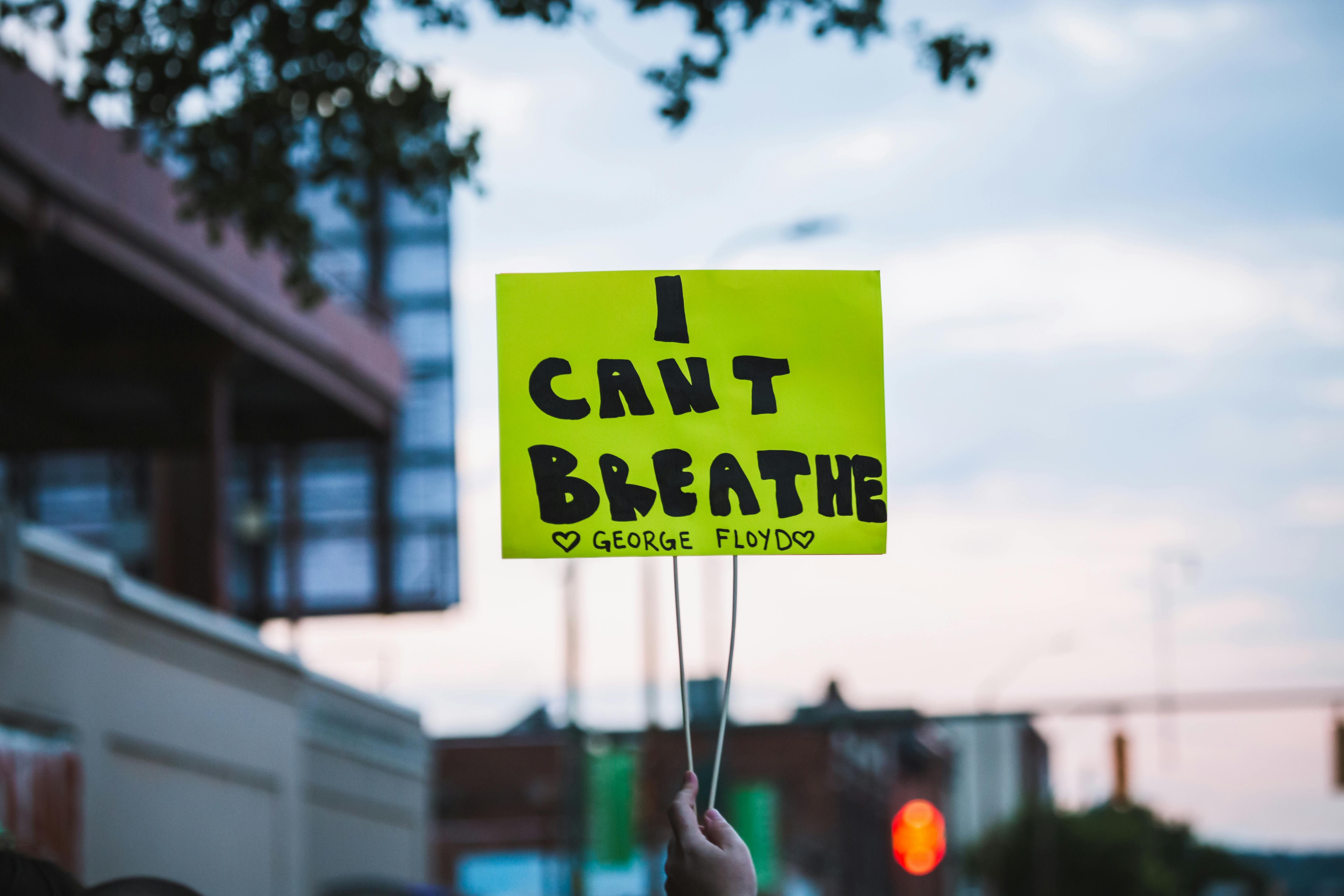Introduction
A recent survey (Can I get a little advice here?) by Public Agenda, a corporate think tank working for the Gates Foundation, reported that when it comes to the college admissions process, school guidance counselors secondary are the weakest link.
The study was compiled using responses from 614 young adults between the ages of 22 and 30. When asked “How would you rate your high school guidance counselors in the following areas,” the survey group gave the following answers:
* Helped you decide which school was right for you: 67% gave high school guidance counselors a low or fair rating.
* Helped you find ways to pay for college, such as financial aid or scholarship programs: 59% rated their school counselors as bad or average.
* Helped you think about the different types of careers you might want to pursue: 62% rated counselors fair or poor, the survey group also stated that the school counselor only saw them as a face in the crowd.
* Explained and helped with the application process: 54% said their high school guidance counselor did a fair or poor job.
Public Agenda pointed to four findings in the survey, they are as follows:
* Finding 1: Most students, even those who complete college successfully, give their guidance counselors low or low grades.
* Finding 2: Students who receive cursory advice are more likely to delay college and make more questionable higher education decisions.
* Finding 3: High school counselors are viewed as less helpful than teachers.
* Finding 4: Advisors at higher education institutions score higher, but there is room for improvement.
After reading this report, it can be concluded that the high school guidance counseling system seems to be struggling. According to the American School Counselors Association (ASCA), the average student to counselor ratio is 460 to 1. Surveys have shown that student to counselor ratios can be shockingly higher in large urban settings. For example, the ratio in the state of California could be as high as 1,000 to 1. The student to counselor ratio appears to be a large contributor to the problem.



